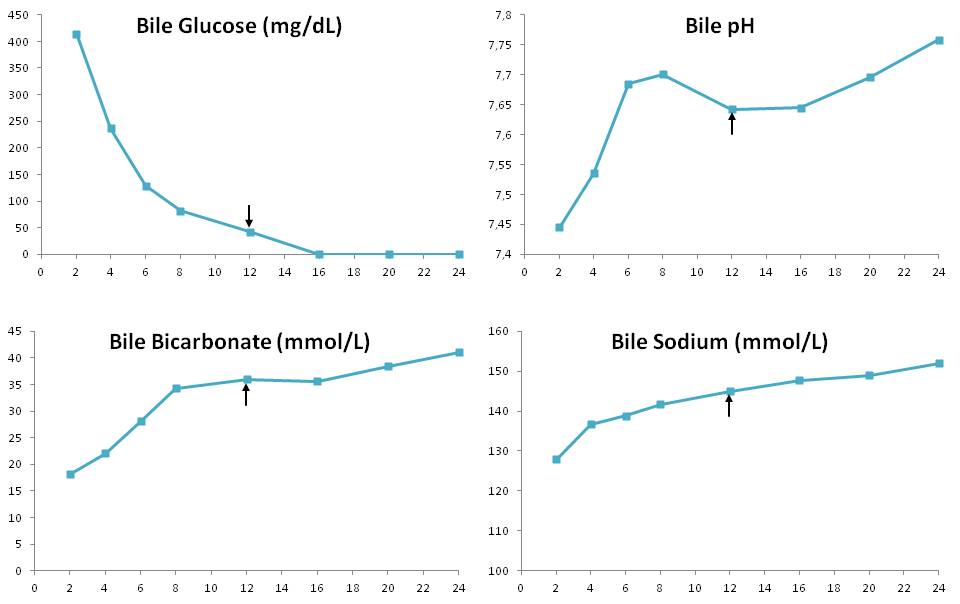Observations on 24-hour ex situ normothermic liver perfusion
Amelia Hessheimer1, Xiran He2, Mingju Liang2, Javier Muñoz1, Josep M. Sanahuja1, Xiaoyu Tan3, Marina Vendrell1, Felipe León1, Isabel Mora1, Joaquím Albiol4, Li Lin2, Feng Huo3, Constantino Fondevila1.
1Hospital Clínic i Provincial, Barcelona, Spain; 2Guanguong Shunde Innovative Design Institute, Guangdong, People's Republic of China; 3General Hospital of Southern Theater Command of PLA, Guangdong, People's Republic of China; 4DTI Foundation, Barcelona, Spain
Introduction: In human liver transplantation, normothermic machine perfusion is being applied with increasing frequency, though little has been published regarding its extended application (≥24h).
Objective: Perfuse livers 24h to optimize technique of extended ex situ liver perfusion in a pre-clinical model.
Material and Methods: Following donor exsanguination, pig livers are recovered; prepared; and connected to the NMP device (Devocean-Liver2000, Devocean Medical Instruments, Ltd., Guangdong, China) via the portal vein, hepatic artery, and common bile duct. The caval vein is left open, and perfusate flows from graft to receptacle, where it is recovered, reoxygenated, reheated, and returned to the hepatic artery as pulsatile flow and the portal vein as continuous low-pressure (2-3 mmHg) flow. Perfusion commences with blood mixed with calcium and antibiotics. Parenteral nutrition, insulin, heparin, multivitamins, and trace elements are infused continuously. Hemodynamic, gasometric, and biochemical parameters are serially monitored, as are bile production and composition. After 12h, 1L perfusate is removed and replaced with the same volume of fresh whole blood.
Results: Twelve livers were perfused for 24h. After 1h, hemodynamic parameters remained stable, without need for exogenous vasodilators or -constrictors. In the perfusate, glucose and lactate levels decreased progressively. There was a slow but progressive increase in hepatic transaminase and urea levels that decreased slightly after perfusate exchange (FIGURE 1).

Bile production was constant throughout 24h of NMP. In bile, glucose levels declined to undetectable, while pH, bicarbonate, and sodium increased progressively (FIGURE 2).

Conclusions: This strategy of NMP adequately maintains livers for 24h, though longer perfusions might require addition of a dialysis filter to avoid effects of increasing urea levels on hepatic metabolic function.
There are no comments yet...